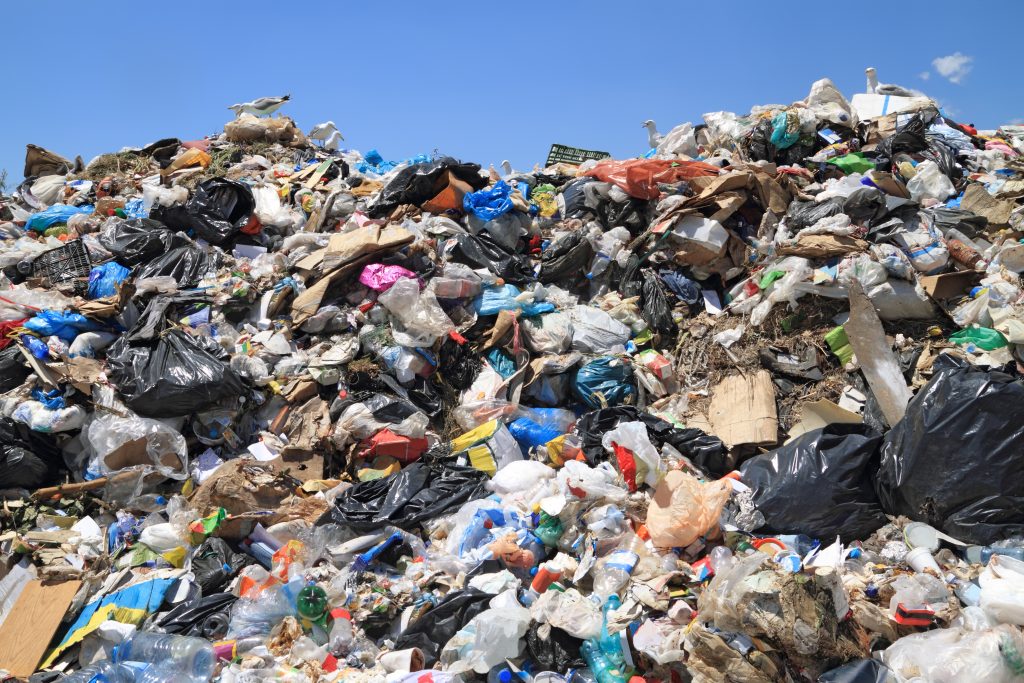After I had taken a swift smell of the garbage deal made last year by Mayor Lisa Gillmor and her cronies, there seemed to be more than what hit my nose.
So, I dived into the dirty dumpster that produced this deal.
First: what forced this action by Santa Clara City Council was the California Legislature, which requires significant reductions in garbage going to landfills in the state. This includes diverting food scraps from the garbage.
Second: This appears to be an environmentally sound idea. But, since most people don’t wish to spend a lot of time handling garbage, they just want to dump the idea.
As usual, there is more to this story than a few moldy leftovers.
To comply, the smart thing would be for the Council to do their homework and complete a survey of what residents think. They did.
They picked an area of Santa Clara to be the test area for the idea of the “split cans concept.” This is where bottles, cans and recyclable materials go in one can and garbage and food scraps go in the second split can.
After the sample group had a chance to try the idea the city surveyed the participants. Guess what. More than 50% of the participants were “satisfied or somewhat satisfied” with the program.
Whoops. Wrong answer. So, the Council decided to base its decision on complaints rather than facts, and made the question not on good policy, but on what Gillmor thought would get her the most votes from her constituency of complainers.
Her Council cronies made the decision with a majority Council vote, that was based on a perception they promoted: that the pilot program was a failure.
Santa Clara would NOT adopt programs that Sunnyvale, Mountain View and Palo Alto had already proved were successful and inexpensive. Gillmor’s past Santa Clara Council voted to hire Green Waste to sort Santa Clara garbage and that’s why your garbage rates have skyrocketed.
You might also want to know the success rate of Green Waste doing the sorting. Since the one-can plan is the dumping container that puts everything together, it must be sorted. It is dumped on the conveyor belt and recyclable items are pulled out. However, because a lot of items are already contaminated because it has been mixed with decayed food and debris, it can’t be recycled. It is estimated by the industry only 10 to 15% of the food scraps is salvageable.
This is opposed to the sorting-at-home process that recovers up to 90% of recyclable items. And, the end result? You get to pay up to 40% more for 80% less.
No wonder Santa Clara is in the hole by millions.
Santa Clara’s new Council needs to review this decision and contract.
Where was Santa Clara’s attorney Brain Doyle during this decision process?
He certainly deserves a can of his own.
Maybe that is the only way he will be canned.
